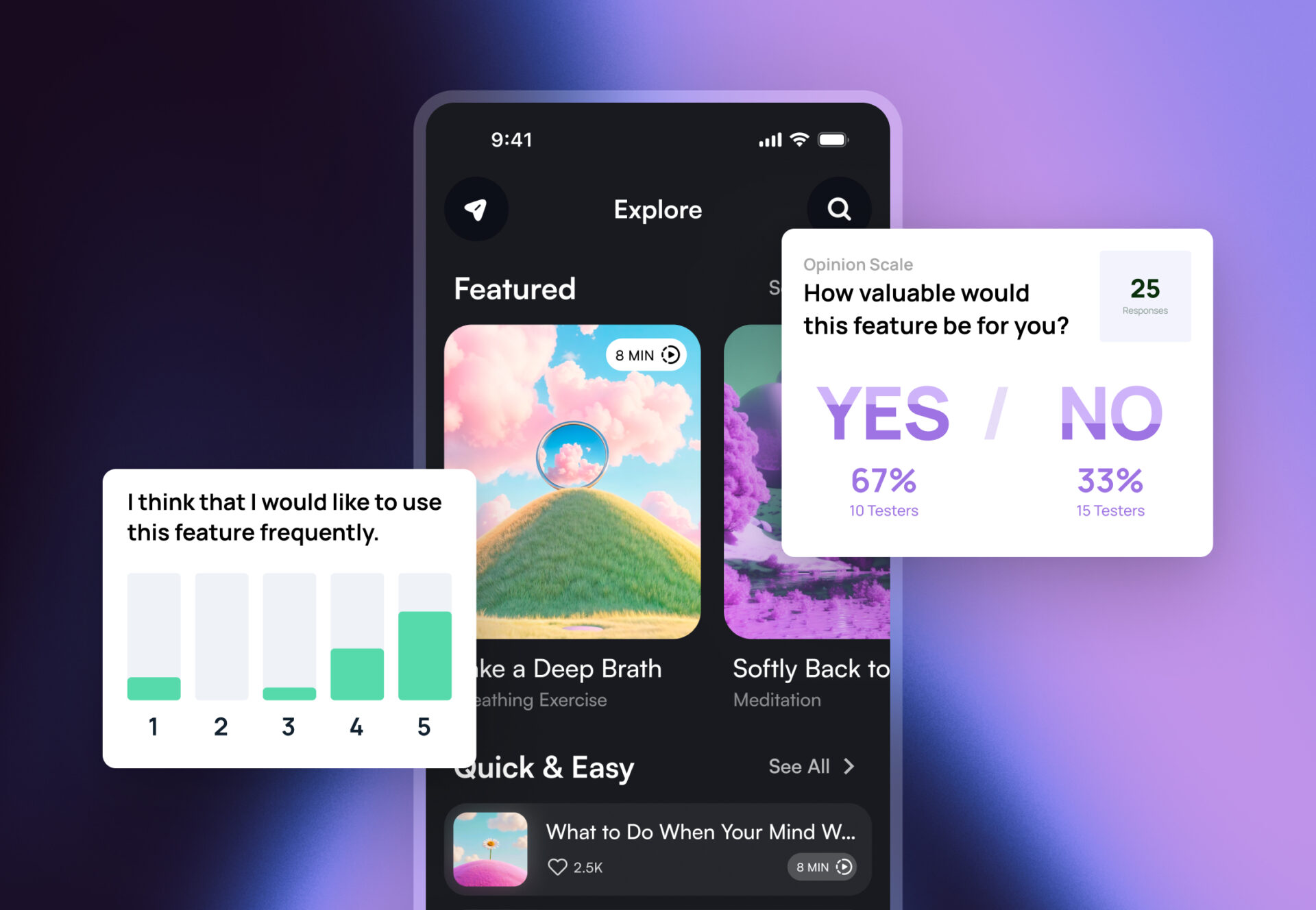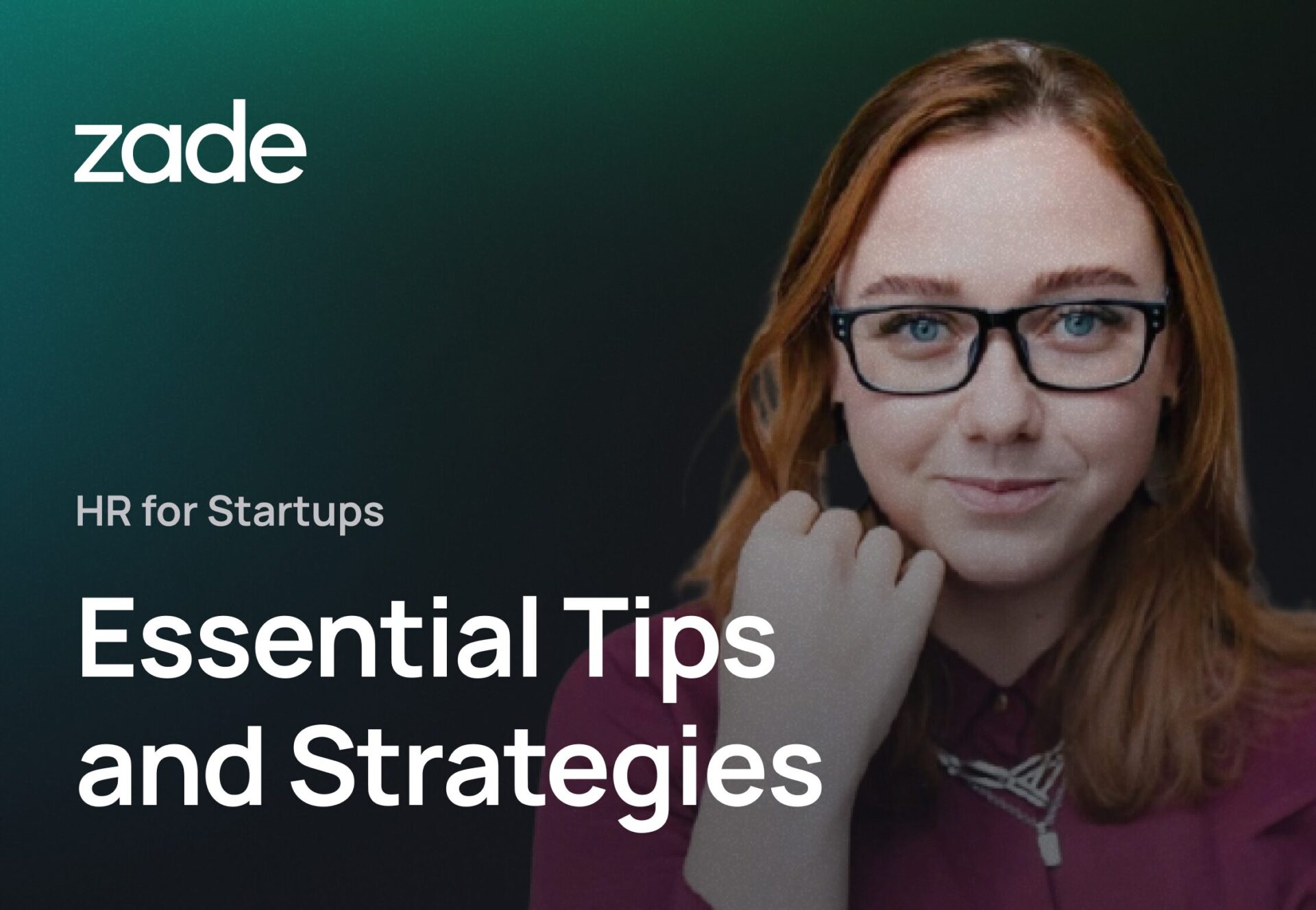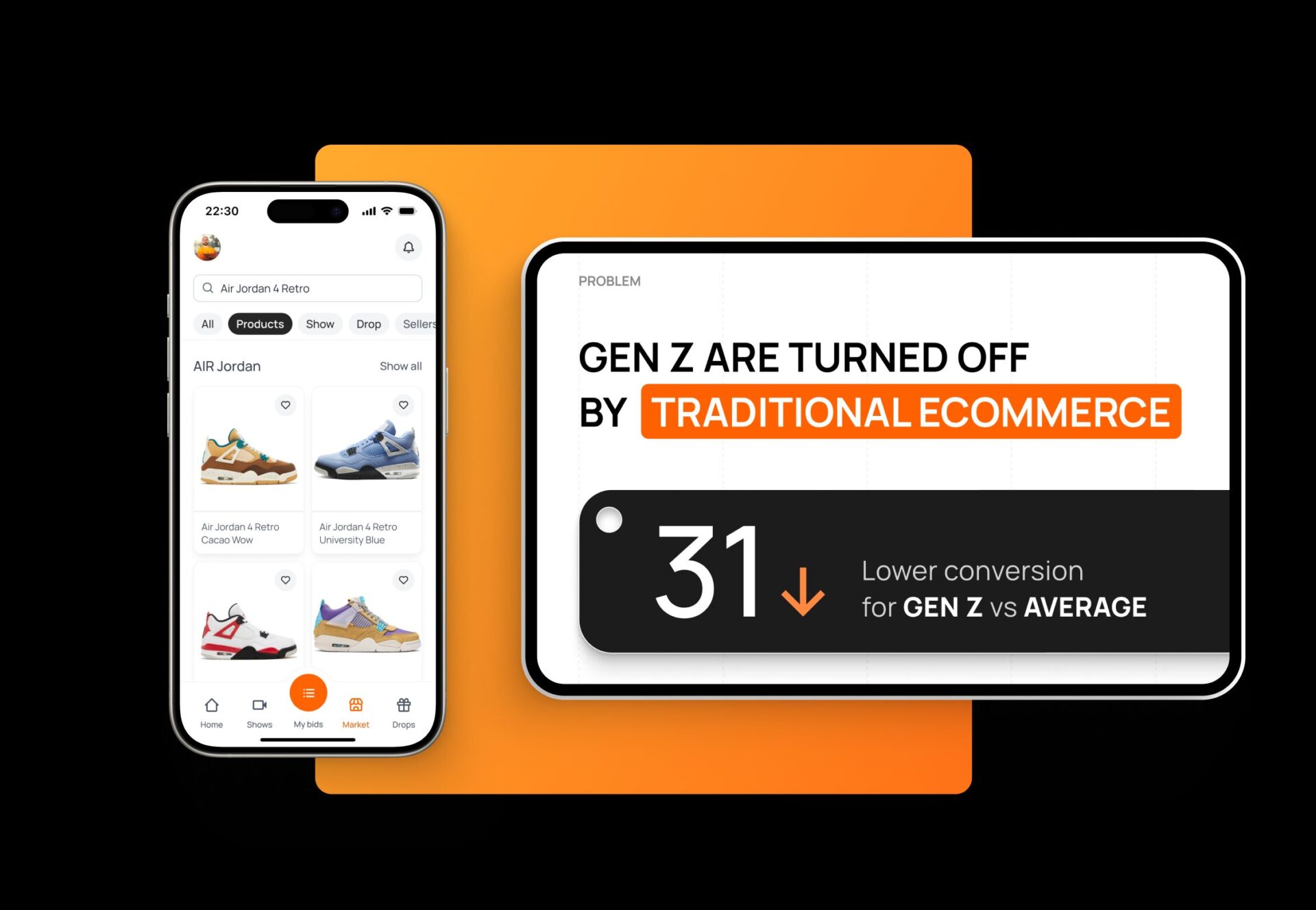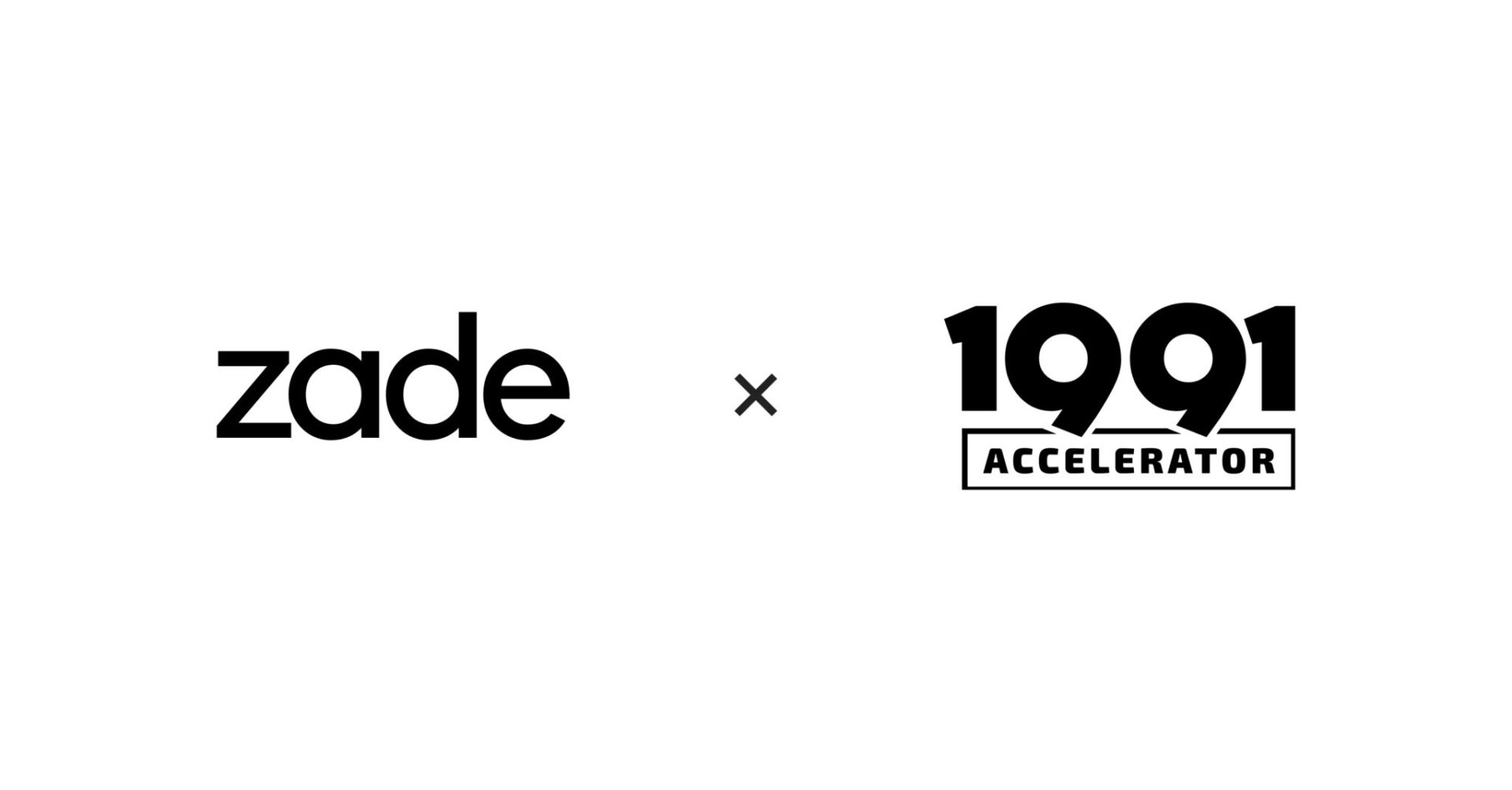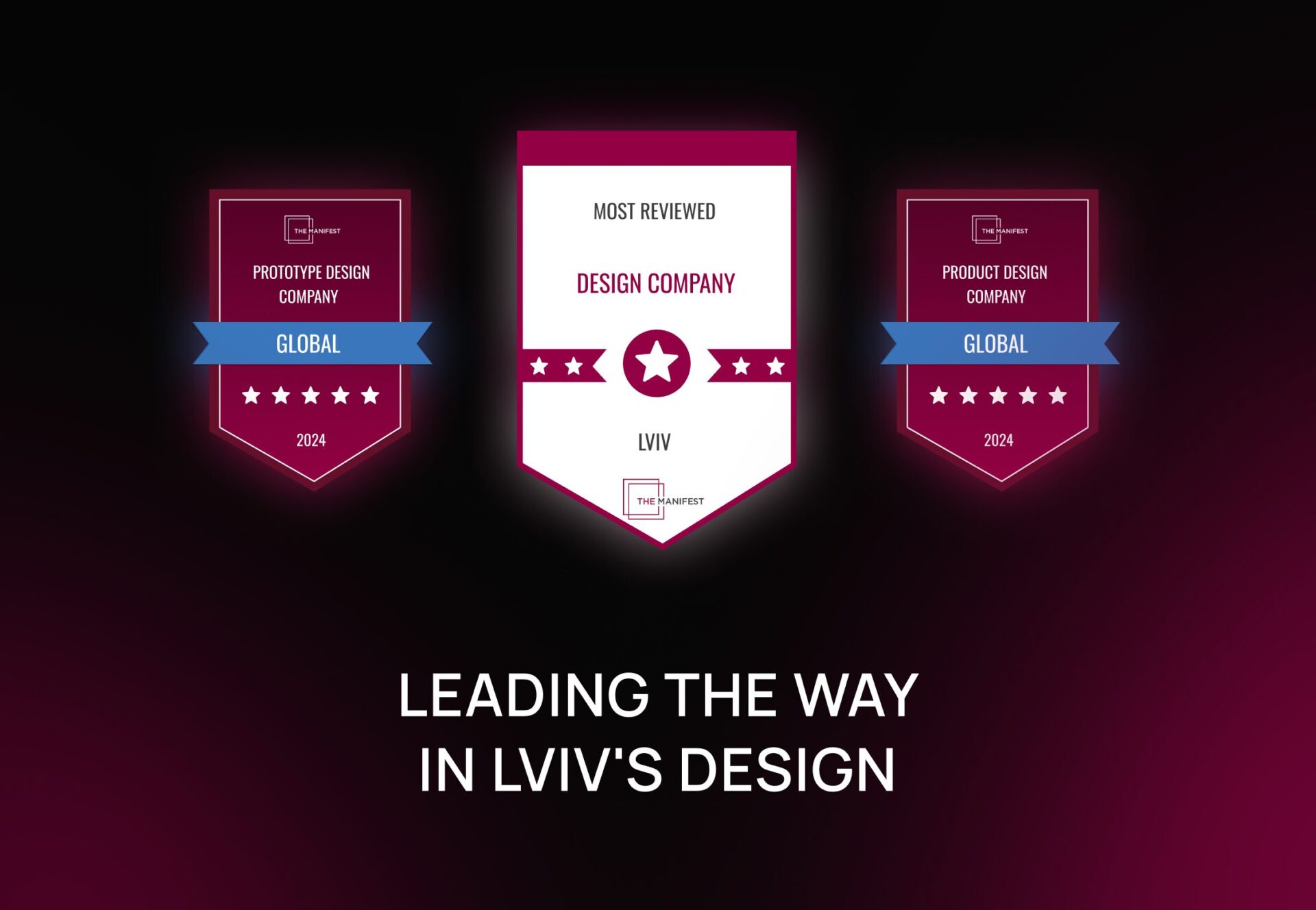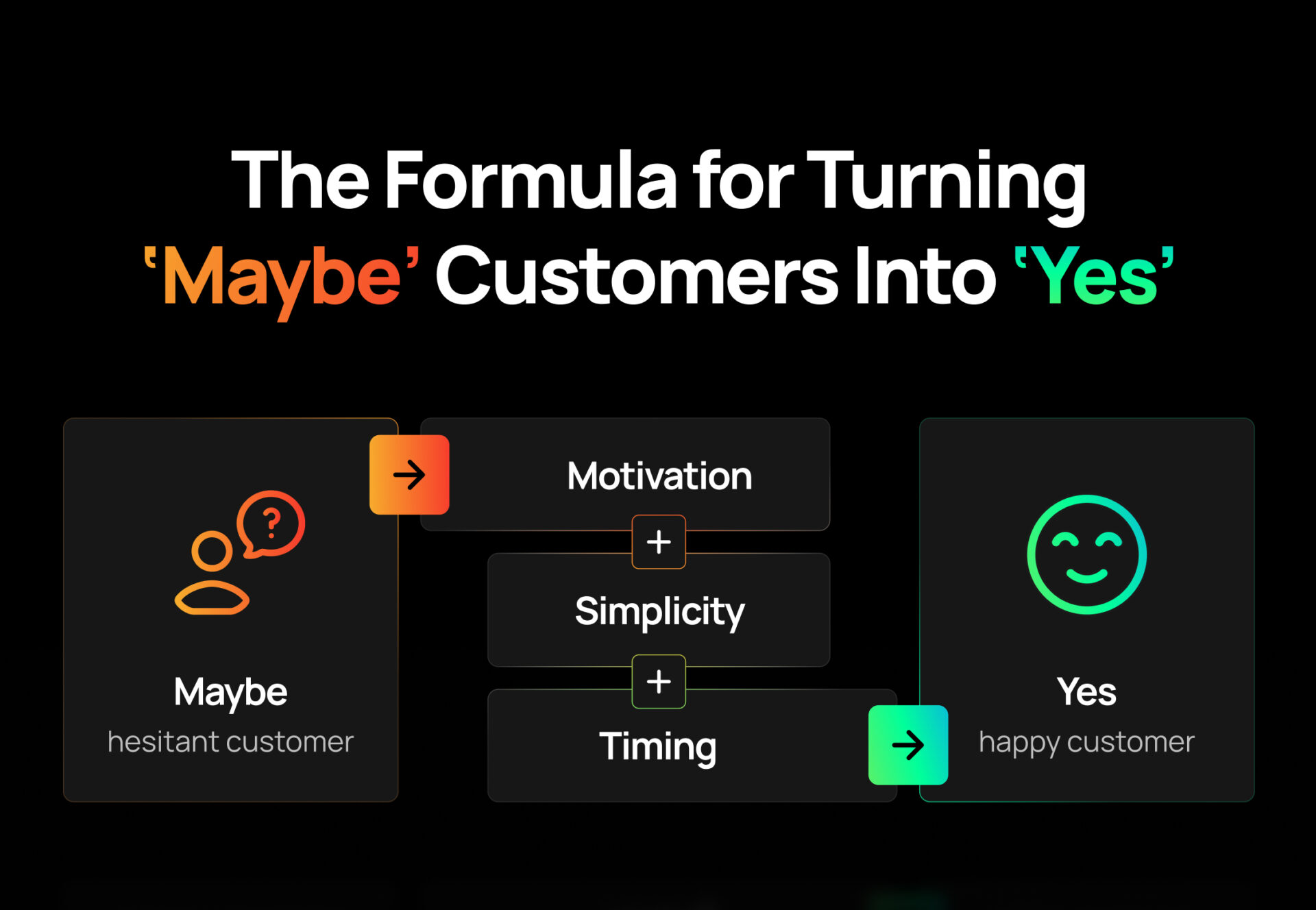
Why Customers Don’t Engage—and What to Do About It
The Behavior Model That Can Transform Your Conversions
Intro
If you’ve ever felt like your product is exactly what your customers need, but they’re still not signing up or buying, you’re not alone. Many startups face this challenge. The good news? There’s a proven way to understand and address why customers aren’t engaging—and it starts with BJ Fogg’s behavior model.
This model, widely used in design and marketing, explains that customer action depends on three key factors: motivation, simplicity, and timing. If any of these is missing, your customers won’t take the next step, no matter how good your product is.
Let’s break this down and explore how you can apply it to convert more users.
Motivation + Simplicity = Action
To understand why customers act, you need to balance two things:
- Motivation: Do they truly care about solving the problem your product addresses?
- Simplicity: How easy is it for them to take the next step?
For action to happen, both factors need to work together. For example, even if your customers are highly motivated, they’ll drop off if your sign-up process is too complex. Similarly, even the simplest process won’t convert someone who doesn’t see the value of your product.
Now, let’s dive into actionable strategies for improving both motivation and simplicity.
1. Boost Motivation: Make Customers Care
Motivation is the fuel that drives customer behavior. If your product isn’t addressing a pressing need or emotional pain point, customers won’t be motivated to act.
How to Increase Motivation:
- Speak to emotions. Highlight the real-life problems your product solves and the benefits it delivers. Use storytelling to create an emotional connection with your audience.
- Prove the value. Share testimonials, case studies, or quick wins that demonstrate how your product has already helped others. Customers want to see that your solution works.
- Create urgency.Use limited-time offers, exclusive perks, or early-bird pricing to motivate action now rather than later.
For example, if you’re launching a productivity tool, show how it’s helping real people save hours each week, and offer a free trial to let customers experience the benefits firsthand.
2. Remove Friction: Make It Easy to Act
Even highly motivated customers will hesitate if the action feels too complicated or overwhelming. Simplicity is about reducing friction and making the next step effortless.
How to Simplify the Process:
- Streamline onboarding. Ensure your sign-up or onboarding process is quick and intuitive. Avoid asking for too much information upfront.
- Use clear calls to action. Tell your customers exactly what to do next. Avoid vague or confusing language—instead, use direct phrases like “Start your free trial” or “Download now.”
- Eliminate unnecessary steps. If there are too many clicks, forms, or decisions, customers might give up. Audit your process to identify and remove any obstacles.
- Design for clarity. Use simple, visually appealing layouts and concise messaging to guide users seamlessly.
For instance, imagine you’re running an e-commerce store. A simple checkout process with autofill options and clear payment methods will drastically reduce cart abandonment.
3. Nail the Timing: Use Prompts Effectively
Prompts are the nudges that remind customers to act, but they only work when motivation and simplicity are in place. The right message at the right moment can make all the difference.
How to Perfect Your Timing:
- Leverage customer triggers. Identify moments when your customers are most likely to engage, such as after they’ve browsed your website or interacted with your content.
- Personalize your prompts. Use customer data to tailor your emails, ads, or notifications to their specific needs and interests.
- Create consistent touchpoints. Follow up with timely reminders—for example, a cart abandonment email sent within an hour can prompt a purchase.
- Don’t overwhelm. While timely reminders are essential, avoid spamming your customers with too many messages, as this can lead to frustration.
For example, if you offer a SaaS product, sending a “Welcome” email with quick-start tips immediately after sign-up can keep new users engaged.
Putting It All Together
BJ Fogg’s model is a powerful framework for understanding and improving customer behavior. By addressing motivation, simplicity, and timing, you can remove barriers and create a seamless experience that encourages action.
Here’s a quick checklist to get started:
- Is your product solving a real, pressing problem?
- Are you communicating the value clearly and emotionally?
- Is it easy for customers to take the next step?
- Are you prompting them at the right moment?
Answering these questions can help you identify and fix gaps in your customer journey, ultimately driving better results for your business.





